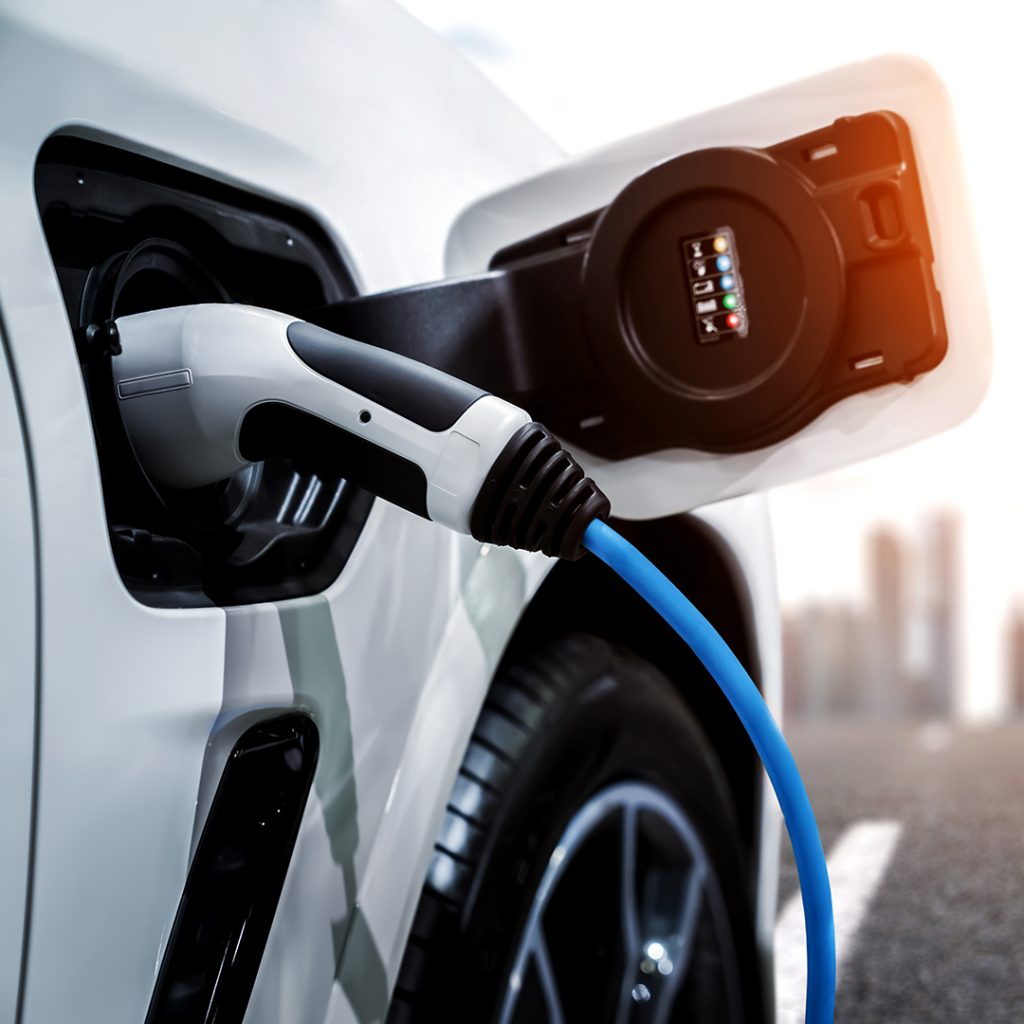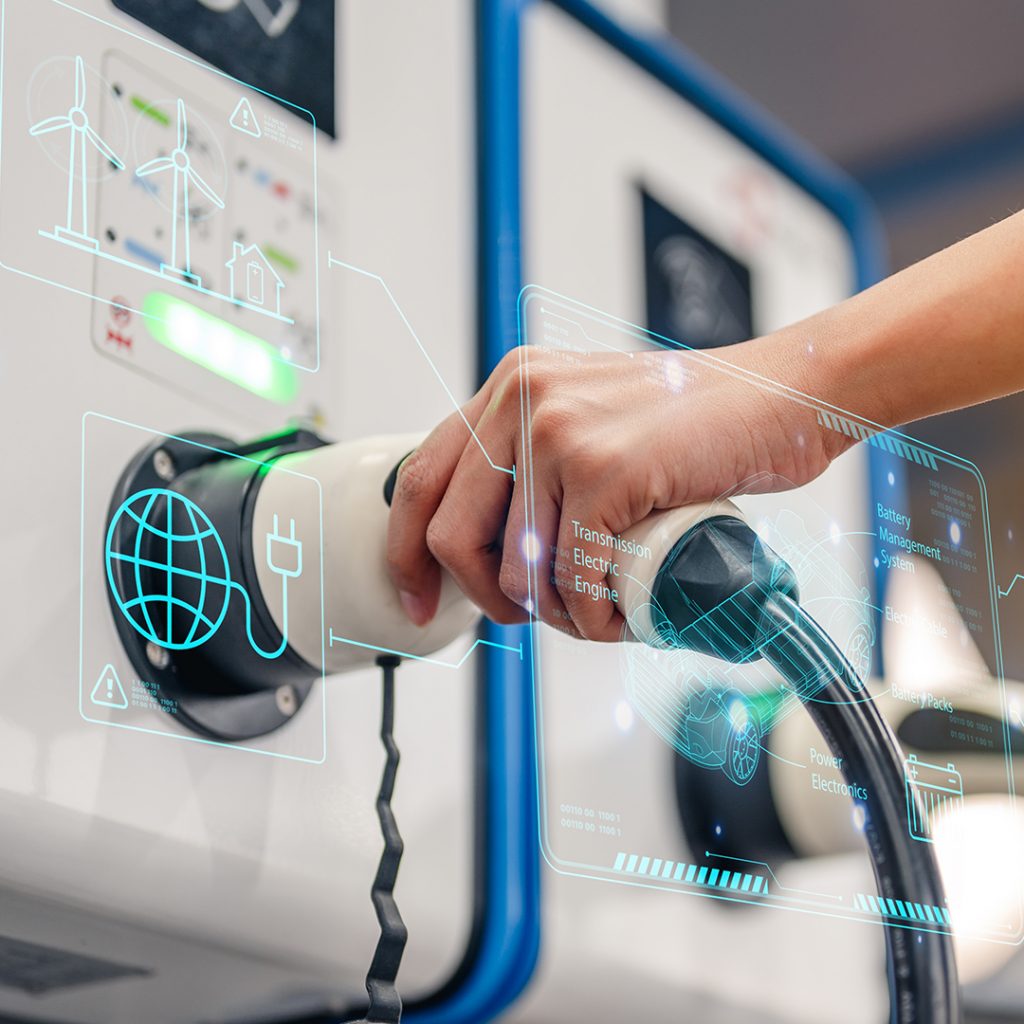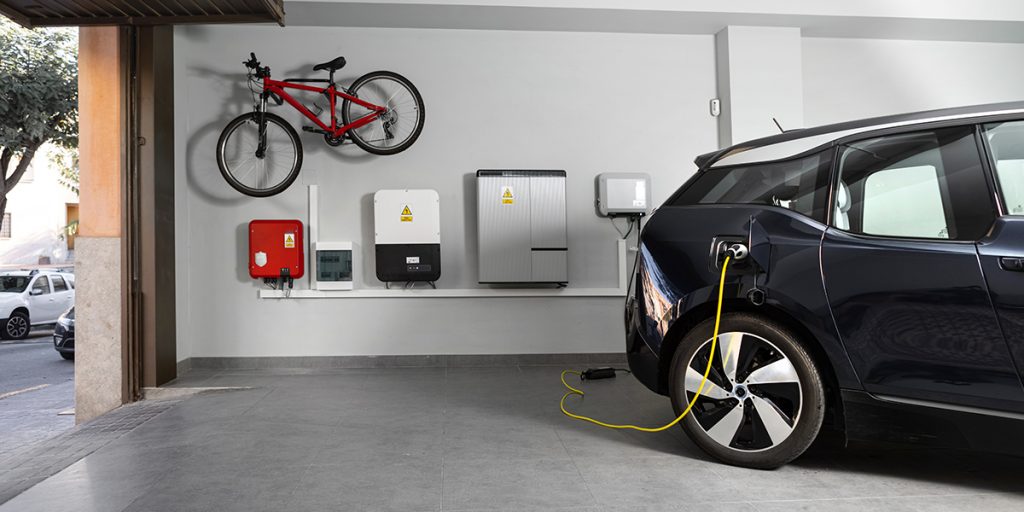
It is no longer a utopia. Just as we can now charge our electric cars in our own home, the reverse can also happen: our vehicle provides energy to our home when it needs it.
A few weeks ago, The Washington Post covered the case of Nate Graham, a resident of Mexico City who has turned his Chevrolet Bolt into a kind of battery on wheels. All as a result of a blackout in his town that left the neighborhood without power for days. Thanks to his car battery, Graham and his family were able to use their refrigerator for about 48 hours, and also turn on the lights while their neighbors were still in darkness.
Since then, the Chevrolet of this software company manager has taken on a new role: Graham no longer uses it only to go from one place to another, but also to provide extra energy for his home. Graham says that having this resource as an addition to the solar panels on his roof allows him to save more than $200 (about €181 euros) on his monthly electricity bill.


This case could soon stop being exceptional and many other owners of electric vehicles might follow suit, especially given the rise in energy prices that we have been experiencing in recent months. The technology with which it is possible to carry out this bidirectional exchange of energy is in place: it is known as V2G (Vehicle-to-Grid) and allows the vehicle to return part of the energy stored in its battery to the electrical network when the home requires it.
When the V2G vehicle is recharged, the charging point converts alternating current from the electrical grid into direct current. And, in turn, it allows the car to return power to the home in the event of a blackout or some other emergency, by converting direct current back to alternating current. Taking into account the high cost of domestic batteries, a car could be a highly efficient alternative for many residences that use renewable energy sources.
There are some issues to take into account, however. One of them has to do with battery life, which, according to experts, could be shortened by bidirectional charging.